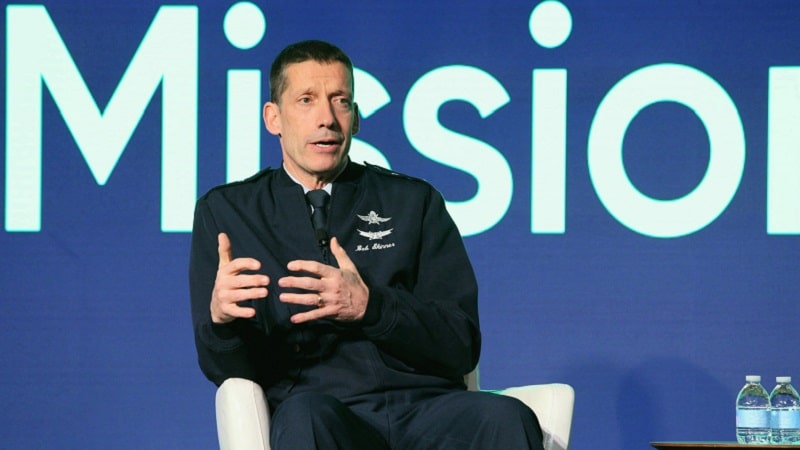
Defense Information Systems Agency (DISA) Director Lt. Gen. Robert Skinner closed out day one of AFCEA International’s TechNet Augusta 2024 in Augusta, Ga., by detailing the agency’s plans to bring 100,000 users onto DoDNet beginning in October.
“DoDNet is our offering, and we are hitting the accelerator come October to bring nearly 100,000 users onto DoDNet within a six-to-nine-month period,” Skinner said during his keynote address.
Over the past two and a half years, DISA, in partnership with Leidos, has made significant strides in migrating users from legacy systems to DoDNet. This standardized and consolidated network now supports over 32,000 users.
By streamlining these disparate networks into a single, optimized environment, DISA has enabled these organizations to access common applications and tools that support resilient, flexible capabilities for current and future defense operations.
“We’re going to collapse a lot of these agency networks that have been stove piped and have legacy technology in them,” Skinner explained.
The DISA lead – who is expected to retire this fall – said it’s critical to think about the legacy technology because “we can’t afford it [and] we’re starting to have mission impacts.”
“Companies are coming to us and saying, ‘We are no longer going to support this. We understand you have a mission, but we can’t afford it – and, oh, by the way, we can’t find the expertise from a mass standpoint to be able to afford that,’” Skinner said.
He emphasized that the foundation of all this work involves identity, credentialing, and access management (ICAM).
“We’ve got to federate [ICAM] as an enterprise. Right now, DISA owns the enterprise ICAM for the department,” Skinner said. “We just got working with the DoD CIO team working to have a federated hub developed within the next six to nine months.”
Skinner highlighted that the new hub will “bring all this ICAM together in a federated environment so that we have the basic foundation for the enterprise attributes, and then if services or others need a – I’ll say unique attributes – and/or at the tactical level, it’s still going to be integrated, and you can leverage what you can from the enterprise level.”
“That should be able to reduce the reliance on tactical level ICAM, as I call it, and non-enterprise ICAM to the minimum possible,” he said.
Skinner Details Next Steps for JWCC
Separately during his keynote speech this afternoon, DISA’s Skinner touted that the department’s Joint Warfighting Cloud Capability (JWCC) has hit nearly $1 billion in task orders, and the team has already begun plotting JWCC’s next steps – listing four priorities to evolve the program.
JWCC is the Pentagon’s high-priority enterprise cloud effort that replaced the Defense Department’s (DoD) aborted Joint Enterprise Defense Infrastructure initiative. Google, Oracle, Amazon Web Services, and Microsoft were all awarded spots on the $9 billion JWCC program in December 2022 and are competing for task orders.
“From what I’ve seen from our team, it’s really about, how do we go faster? Although, we’re awarding within weeks … which is pretty powerful,” Skinner said. “Do we have to do every single task order and compete every single task order, or is there an option to where we can do an IDIQ or something else that’s not competed at the individual task order? That’s another option that we’re looking at.”
“The third one would be, is, are there other CSPs that can be part of the next contract to provide even more options and potentially more capabilities? Fourth one … would be, are there add-ons to this that are more than just the standard cloud service provider capabilities? How do we bring artificial intelligence into the fold,” Skinner said. “Those are the three or four things that I’ve heard. I suspect there’s a lot more as the teams think through, how do we make this more powerful as we look at the hybrid environment of the future?”
